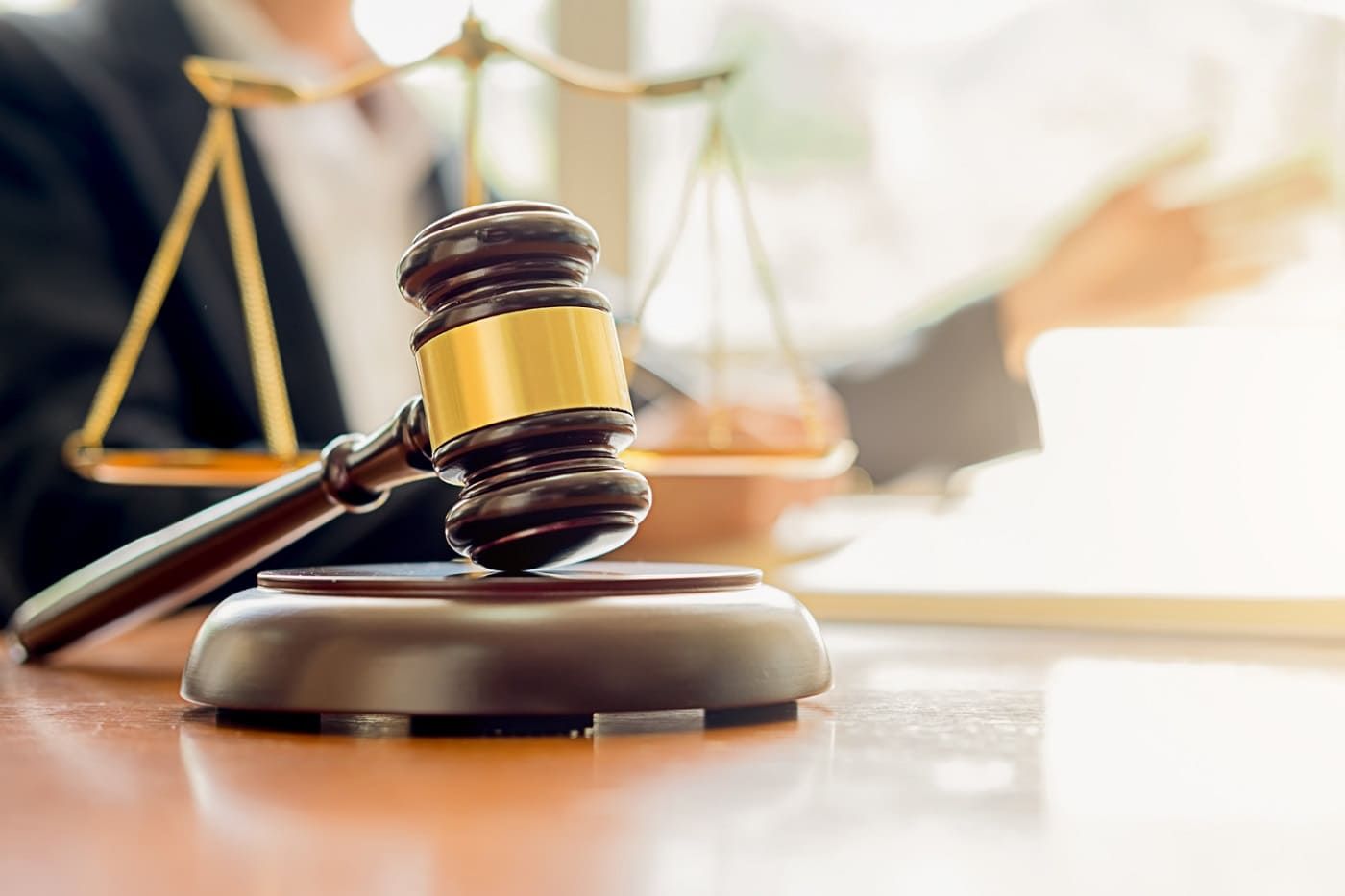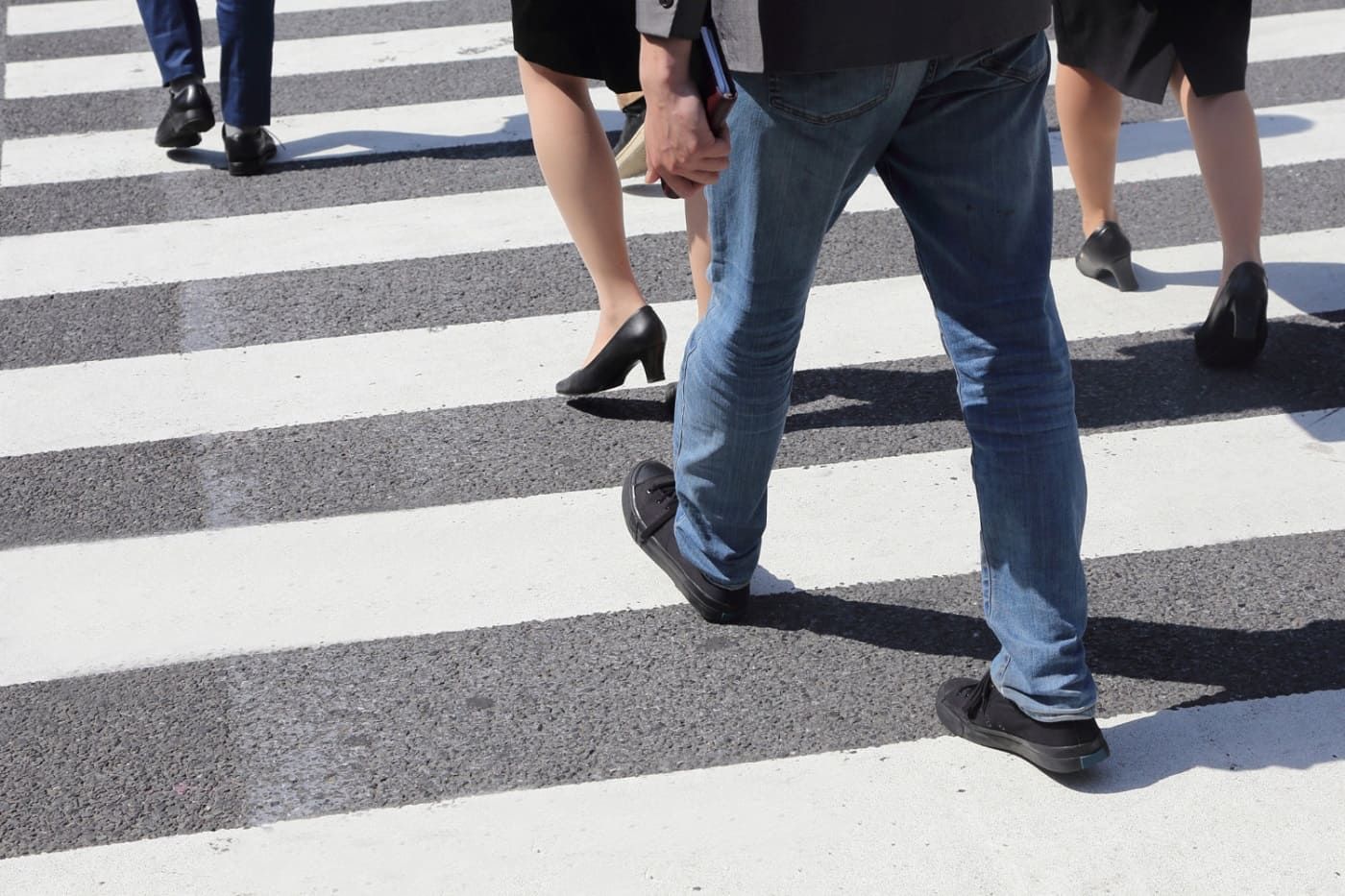Tampa Office: (813) 231-0138
Miami Office: (305) 433-3333
Understanding Comparative Negligence in Florida
If you were in a car accident, it's important that you understand Florida comparative negligence laws. Click here to learn them.

Comparative negligence is a fundamental legal doctrine that plays a pivotal role in determining liability and allocating damages in negligence cases in Florida. Recent changes to Florida's comparative negligence law, as outlined in HB 837, have brought this topic to the forefront of legal discussions.
In this comprehensive guide, we will delve into the concept of comparative negligence. We will explore its historical development in Florida and discuss its practical applications through various examples. We will also examine the implications of the new modified comparative negligence standard introduced by the recent legislation.
Ready to learn more about Florida comparative negligence laws? Let's get started!
What is Comparative Negligence?
Comparative negligence is a crucial legal concept that simplifies the complex task of assigning responsibility when accidents happen and people get hurt. Think of it as a way of fairly sharing the blame.
Imagine a situation where two individuals, let's call them John and Michelle, find themselves in an accident. Now, accidents usually don't happen because of just one person's actions. Both John and Michelle might have made mistakes that contributed to the accident.
Instead of simply saying one person is entirely to blame, comparative negligence steps in to assess how much each party involved messed up. It's a way of being fair about it.
Example of Comparative Negligence
Let's give an example using John and Michelle and the accident they had. Suppose the jury examines the case and decides that Michelle is 30% responsible for the accident, while John carries 70% of the blame. This means that Michelle, even though she made some mistakes, can still receive some money to help with her injuries.
Here's the catch: Her compensation will be reduced by her share of the fault, which in this case is 30%. So, if Michelle was supposed to receive $1,000 for her injuries, she'd end up with $700 after factoring in her 30% portion of the blame.
In essence, comparative negligence ensures that when accidents occur, everyone involved takes their fair share of the responsibility and the consequences. It's all about fairness and making sure that people are held accountable for their actions, but not unfairly burdened when they're not the main cause of an accident.
Key Elements of Comparative Negligence
Understanding how comparative negligence works involves grasping some essential elements that help determine who is responsible for an accident and to what extent. Let's break down these key elements in simple terms.
Duty of Care
Duty of care is like an unwritten contract we all have in society to avoid causing harm to others. It's a fundamental principle that underpins the concept of comparative negligence. In simple terms, it's the duty we owe to one another to act in a way that doesn't put others at risk.
Imagine you're in a big playground, and there are rules to ensure everyone can play safely and have fun. You have a responsibility to follow those rules to prevent accidents and injuries. This sense of responsibility you have while playing in the playground is similar to what we call "duty of care" in the world of comparative negligence.
When you're behind the wheel, for example, you have a duty of care to drive safely, obey traffic laws, and be attentive. This duty is not just for your safety but also for the safety of everyone else on the road.
Business owners likewise have a duty of care to make their premises safe for customers. This means keeping walkways clear, cleaning up spills promptly, and ensuring that no hazards exist that could harm customers.
Another example is with medical professionals. Doctors and nurses have a duty of care to provide the best possible care to their patients, following established medical standards and protocols.
Breach of Duty
Breach of duty occurs when someone fails to meet the standards or rules that are expected of them in a given situation. It's essentially a violation of the duty of care we discussed earlier. In simple terms, it's like not playing by the playground rules and potentially causing harm to others.
Let's return to our playground scenario for a moment here. You can think of a breach of duty as the moment when someone breaks the rules and does something they shouldn't. It's a pivotal concept in comparative negligence that helps determine who is responsible when accidents occur.
Examples of breach of duty in the real world include driving negligently, neglecting safety precautions, and medical error. In comparative negligence cases, breach of duty is a critical element used to assess fault. It helps determine if someone's actions or behavior fell short of what is reasonably expected in a given situation.
Causation
In the world of comparative negligence, causation is the concept that connects actions to their outcomes. It's an essential element that helps determine whether someone's actions directly led to an accident or harm.
Causation is all about cause and effect. It asks the question: "Did what someone did actually result in harm or an accident?" In simpler terms, it's about connecting the dots between actions and their consequences.
An example of causation is if a driver runs a red light and collides with another car, the causation is clear. The driver's action (running the red light) directly caused the accident. Causation is crucial in comparative negligence cases because it helps determine whether someone's actions were a significant factor in causing harm.
Damages
In the context of comparative negligence, damages are a way of quantifying the losses and harm that result from an accident or injury. Understanding damages is essential because they represent what a person may be entitled to recover when someone else's negligence causes them harm.
Damages encompass various losses and harm that an individual experiences due to an accident or injury. These can include:
- Medical expenses
- Pain and suffering
- Lost wages
- Property damages
Damages are a way to make things right for someone who has been harmed due to someone else's negligence. They provide a means for the injured person to recover the financial losses and compensation for their suffering caused by the accident.
As noted above, in comparative negligence cases, damages are often calculated based on the percentage of fault assigned to each party. For example, if someone is found 20% at fault for an accident, their damages might be reduced by 20% to account for their share of the blame.

Recent Changes in Florida Law
Recent changes in Florida law have brought significant alterations to the state's approach to comparative negligence. These changes are primarily outlined in House Bill 837, signed into law on March 24, 2023. It's essential to explore these changes as they mark a substantial shift in how negligence cases will be handled in the state.
The heart of the changes introduced by HB 837 lies in the modification of Florida's comparative negligence standard. The most significant change is the introduction of the "greater than 50% at fault" provision. Under this provision, if a party is found to be more than 50% at fault for their harm, they are barred from recovering any damages.
The new modified comparative negligence standard introduced by HB 837 has significant implications, especially for plaintiffs who may bear the majority of the fault. Under this standard, plaintiffs found to be more than 50% at fault for their injuries are unable to recover any damages.
This is a substantial change from the previous system, where plaintiffs could still recover some compensation even if they were primarily responsible for the accident.
Florida's transition to a modified comparative negligence standard brings the state in line with the majority of states that have adopted some form of modified comparative negligence law. This change aligns Florida with prevailing legal practices in a broader national context.
What to Do After an Accident
Accidents can be life-altering events, leaving individuals with physical injuries, emotional distress, and financial burdens. In the aftermath of an accident, knowing the right steps to take is crucial. This is where Pablo G. Martinez Law Firm, with offices in Tampa and Miami, steps in as the go-to experts in comparative negligence.
The first thing you should do after an accident is to seek medical attention as your health is always a top priority. After an accident, seek immediate medical attention even if injuries seem minor. Some injuries may not be apparent right away, and a medical evaluation can uncover hidden issues.
It's also important to document the accident scene as much as possible. Take photos, gather witness information, and keep records of conversations related to the incident. This evidence can be vital in building a case.
Your next step is to contact Pablo G. Martinez Law Firm in Tampa or Miami. Comparative negligence cases can be complex, involving multiple parties and intricate legal nuances-this is where the expertise of our team shines. With a team of skilled attorneys experienced in handling comparative negligence cases, we can provide you with essential guidance and support.
Understanding Florida Comparative Negligence Laws
In the ever-changing landscape of Florida comparative negligence, one thing remains constant-the need for expert guidance and support. Accidents can bring about immense challenges, but with the right help, you can find your way to recovery and justice.
At Pablo G. Martinez Law Firm, we are the experts in Florida's comparative negligence. Contact us today to schedule a consultation with a personal injury lawyer.

The information on this website is for general information purposes only. Nothing on this website should be taken as legal advice for any individual case or situation. This information is not intended to create, and receipt or viewing does not constitute, an attorney-client relationship.
All Rights Reserved | Pablo G. Martinez Law Firm
















